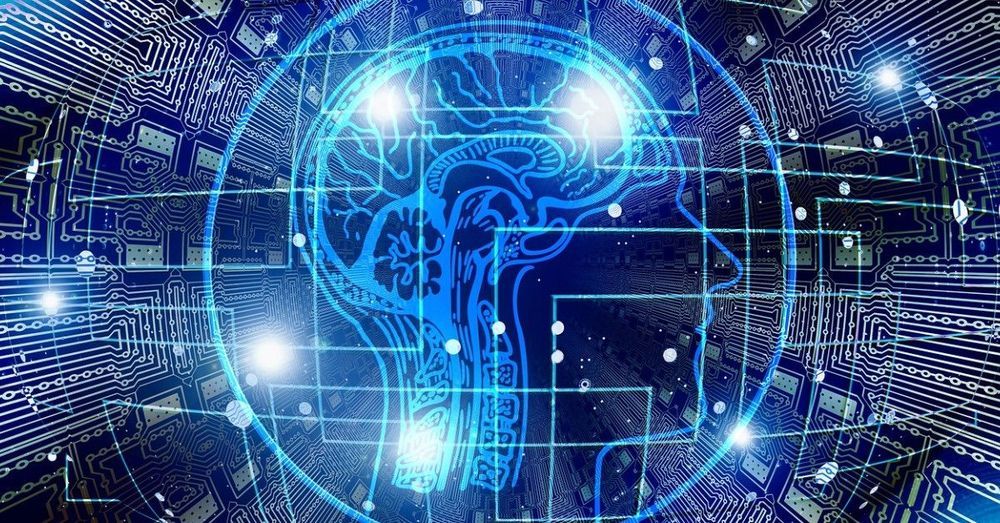Scientists have been attempting to come up with an equation to unify the micro and macro laws of the Universe; quantum mechanics and gravity. We are one step closer with a paper that demonstrates that this unification is successfully realized in JT gravity. In the simplified toy model of the one dimensional domain, the holographic principle, or how information is stored on a boundary that manifests in another dimension is revealed.
How did the universe begin? How does quantum mechanics, the study of the smallest things, relate to gravity and the study of big things? These are some of the questions physicists have been working to solve ever since Einstein released his theory of relativity.
Formulas show that baby universes pops in and out of the main Universe. However, we don’t realize or experience this as humans. To calculate how this scales, theoretical physicists devised the so-called JT gravity, which turns the universe into a toy-like model with only one dimension of time or space. These restricted parameters allows for a model in which scientists can test their theories.








